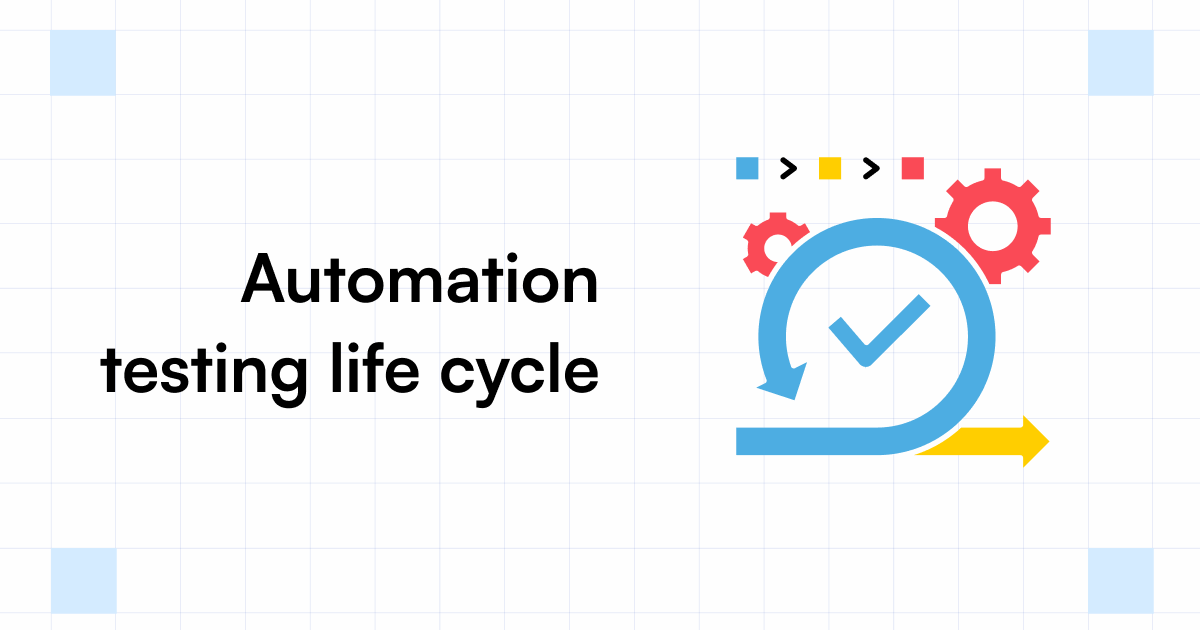From Handbook to Automated Testing: A Comprehensive Guide to Transitioning Smoothly and Efficiently
In the realm of software program screening, the change from handbook to automated processes has ended up being a progressively essential change for organizations looking for to boost performance and precision in their testing methods. As modern technology continues to advancement, the requirement for seamless and efficient automated testing techniques has never been much more pressing. The journey from handbook to automated screening is not without its difficulties, however when come close to tactically and with a clear strategy in mind, the advantages can be significant - automation testing. In this extensive guide, we will check out essential steps and considerations essential for a successful shift, from the preliminary selection of devices to the integration of automation right into existing operations. Keep tuned to reveal the insights that will assist pave the method for a smoother and more reliable screening process.
Advantages of Automated Checking
Automated testing offers countless benefits, improving efficiency and precision in software application development procedures. Automated examinations can be run concurrently on several devices and operating systems, considerably speeding up the testing phase compared to hand-operated testing.
In addition, automated screening makes certain a greater degree of accuracy in finding issues. Uniformity in screening is likewise enhanced, as automated examinations carry out the exact same steps precisely each time they are run.
Selecting the Right Devices

To start with, examine your purposes and needs. Comprehend the range of your job, the innovations involved, and the skill collection of your group. This evaluation will help you determine the attributes and capacities you require in your testing devices.
Secondly, consider the compatibility of the devices with your existing procedures and systems. Seamless integration with your existing software application advancement lifecycle is important to ensure a smooth change to automation.
Furthermore, assess the scalability and flexibility of the devices. As your testing requires progress, the tools should have the ability to adapt and suit modifications efficiently.
Lastly, consider the assistance and neighborhood around the tools. When applying automated screening, robust assistance and an active individual community can provide beneficial resources and aid. By very carefully considering these aspects, you can pick the right tools that straighten with your demands and set the stage for a successful change to automated testing.
Creating Effective Examination Scripts

When crafting examination scripts, it is vital to take into consideration the certain requirements of the software program being evaluated and make certain that the scripts resolve all important functionalities. Descriptive and clear calling conventions for test scripts and examination cases can boost readability and maintainability. Additionally, including error handling systems within the examination scripts can assist in identifying and dealing with concerns immediately.
Furthermore, arranging examination manuscripts right into modular components can boost reusability and scalability, decreasing redundancy and improving performance in test script upkeep. Regular testimonials and updates to test scripts are critical to equal advancing software demands and capabilities. By following these principles, testers can produce efficient and durable examination manuscripts that contribute substantially try this website to the success of automated screening processes.
Integrating Automation Into Workflows
By perfectly incorporating automated testing tools like Selenium or Appium right into the software growth lifecycle, teams can attain faster comments on code changes, leading to quicker insect detection and resolution. This combination allows for continual testing throughout the advancement process, making sure that any issues are determined early on, resulting in greater software application top quality. Appropriate integration of automation tools calls for partnership in between development, screening, and operations teams to develop a unified workflow that enhances performance and efficiency in providing high-quality software application items.
Guaranteeing a Smooth Change
Effectively transitioning to automated screening entails precise preparation and careful execution to decrease disruptions and optimize efficiency in the software program advancement procedure - automation testing. To ensure a smooth transition, it is essential to start by carrying out a thorough assessment of the existing testing procedures and recognizing areas where automation can bring one of the most significant benefits. Engaging with all stakeholders early on at the same time, including developers, testers, and project managers, is essential for gathering support and buy-in for the automation effort
Communication is essential during this transition phase. Clear interaction of the objectives, advantages, and assumptions of automated testing helps to manage any resistance or issues that may arise. Additionally, providing adequate training and sources for staff member to upskill in automation tools and techniques is vital for guaranteeing a successful transition.

Verdict
In conclusion, transitioning from manual to automated testing provides many advantages, consisting of raised performance and integrity. By picking the appropriate tools, writing effective test manuscripts, and incorporating automation seamlessly right into operations, organizations can guarantee a smooth and successful shift. It is necessary to welcome automation as a beneficial property in software program screening procedures to enhance general high quality and efficiency.
In the realm of software screening, the change from handbook to automated processes has become an increasingly vital transition for companies looking for to improve effectiveness and accuracy in their screening techniques. Automated examinations can her response be run concurrently on numerous gadgets and operating systems, dramatically speeding up the testing phase contrasted to manual screening. Uniformity in testing is additionally boosted, as automated tests execute the very same actions exactly each time they are run.To ensure the effective execution of chosen screening devices, the creation of effective examination scripts plays a critical duty in verifying the capability and efficiency of automated processes - automation testing. By adhering to these principles, testers can navigate to these guys create durable and efficient examination scripts that add significantly to the success of automated screening processes